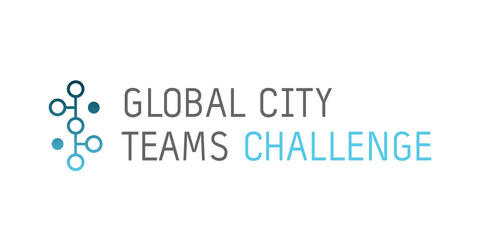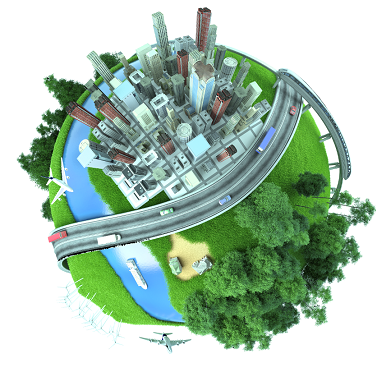A Role for NIST in Smart City Technologies

Thousands of cities and communities worldwide are currently developing “smart city” solutions for specific challenges they face in their individual communities. These solutions—based on the Internet of Things (IoT), Cyber-Physical Systems (CPS), or Industrial IoT (IIoT)—link and integrate the worlds of “cyber” (information and communications technologies) and “physical” (devices that can sense and take actions in the physical world).
These smart city technologies promise benefits to citizens in diverse sectors, from transportation and energy to agriculture and public safety. Examples include autonomous vehicles, microgrids, precision agriculture, and flood detection and control systems.
The potential scale and economic value of these IoT and CPS technologies are breathtaking. A report from Gartner estimates that 3.3 billion connected things will be used by smart cities globally in 2018, and a report from McKinsey estimates that the economic impact of IoT in the smart city setting could exceed $1.7 trillion worldwide in 2025.
Individual citizens and consumers will also benefit from smart city technologies. A very recent study by Juniper Research estimates that smart cities have the potential to “give back” a remarkable 125 hours to every resident every year. The time savings will come in areas such as transportation, public safety, and healthcare. For example, an integrated IoT-enabled transportation infrastructure—including intelligent traffic systems, safer roads, directed parking, etc.—can save up to 60 hours a year for a typical driver.
The path forward, however, holds numerous challenges—from economic (who pays?) and policy (privacy and data access) to technology (cybersecurity, precision timing, and data analytics) and overall coordination (standards and interoperability).
NIST scientists and engineers are playing important roles in addressing many of these challenges, especially those that call on NIST’s expertise and leadership with subjects such as standards and interoperability; measurement and metrics; and testing and certification.
A key factor in unlocking the potential of these smart city technologies will be “interoperability”—the ability of two or more IoT systems to work together. For smart cities, the McKinsey report estimates that 43% of the potential value, or $700 billion, will result from interoperability.
However, many of today's smart city development efforts are isolated and customized projects. These “one-off” solutions may demonstrate the great potential of smart cities and communities, but the individual solutions have not been designed to work together or be easily replicated in other cities.
NIST’s Smart Grid and Cyber-Physical Systems Program has developed two projects and initiatives to address some of these challenges in the smart city sector:

Through its Global City Teams Challenge (GCTC) Program launched in 2014, NIST is encouraging collaboration and the development of standards in the smart city sector. The GCTC program has stimulated the growth and assembly of a large and diverse set of smart city projects—over 160 action clusters and seven SuperClusters with participation from over 150 cities and 400 companies and organizations from around the world. The goal of the GCTC program is to establish and demonstrate replicable, scalable, and sustainable models for incubation and deployment of interoperable, standard-based IoT solutions.

In a closely related project, the Internet-of-Things-Enabled Smart City (IES-City) Framework Program addresses a challenge commonly faced by those interested in developing smart city applications—how to deal with the many existing smart city and IoT architectures put forward by various organizations, associations, and companies. The IES-City Framework was drafted by an international technical working group over a two-year period. It identifies, compares, and distills pivotal points of interoperability across diverse architectures, using a method of CPS analysis outlined in a 2017 NIST publication, the CPS Framework. In addition, the IES-City Framework includes a smart city application analysis tool that will help smart city stakeholders do early research related to smart city applications—their breadth, the readiness of cities’ infrastructures, and the benefits to citizens.
For current information about events and activities related to these two projects, please see the most recent newsletters or visit the projects’ collaboration sites:

